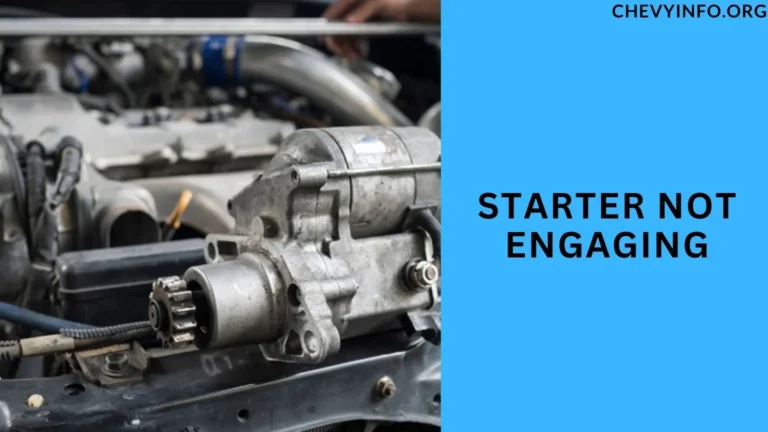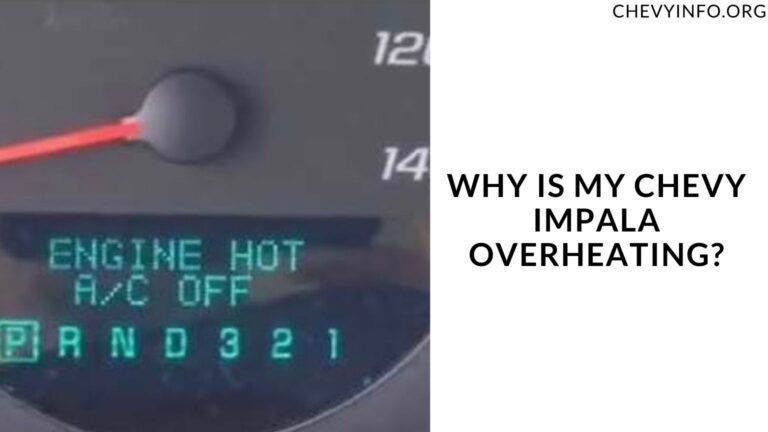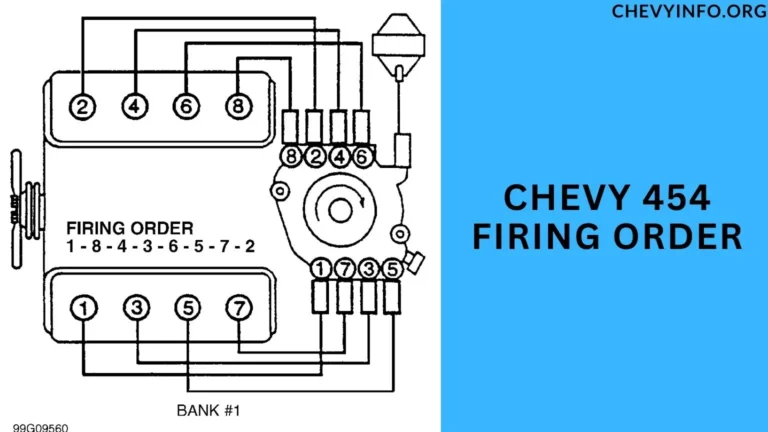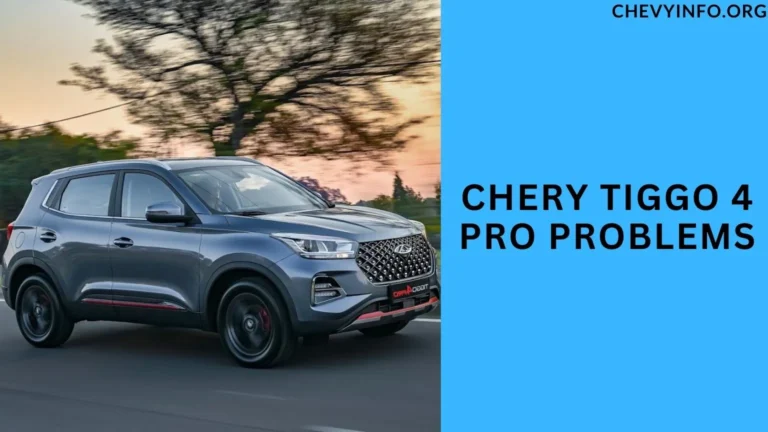2 Bolt Main VS 4 Bolt Main (Difference Explained) In 2024
In the realm of engine design and performance, one of the critical areas of discussion is the number of bolts securing the main bearing caps to the engine block.
This seemingly small detail can have a significant impact on an engine’s strength, durability, and overall performance.
2 Bolt Main VS 4 Bolt Main, In this article, we will delve into the differences between 2 bolt main and 4 bolt main engines, exploring their characteristics, advantages, disadvantages, and common misconceptions.
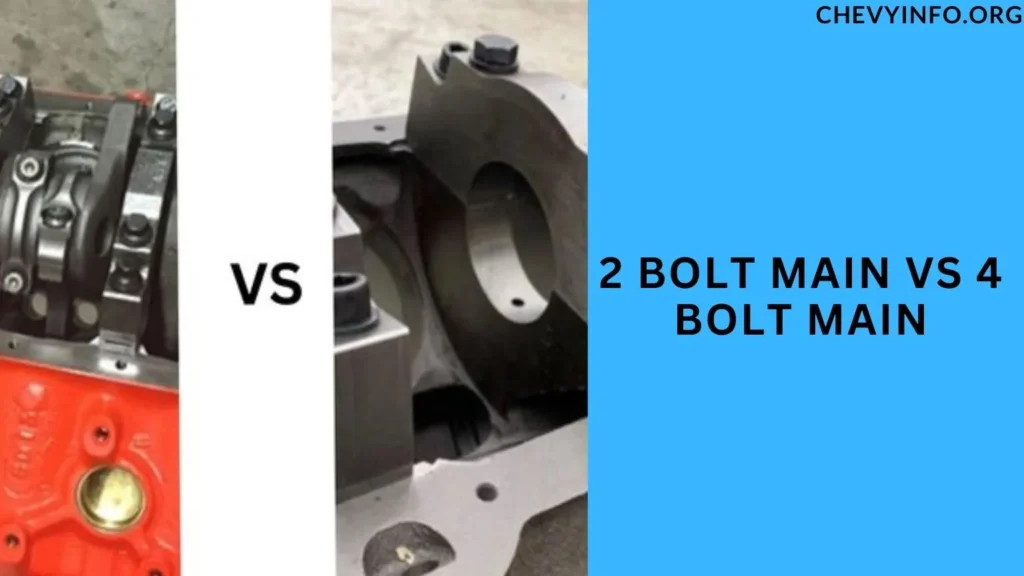
Introduction to Engine Main Bolts
Engine main bolts play a crucial role in securing the main bearing caps, which support the crankshaft within the engine block.
The number of bolts used in this configuration varies, with 2 bolt and 4 bolt main designs being the most common in automotive applications.
2 Bolt Main Engines
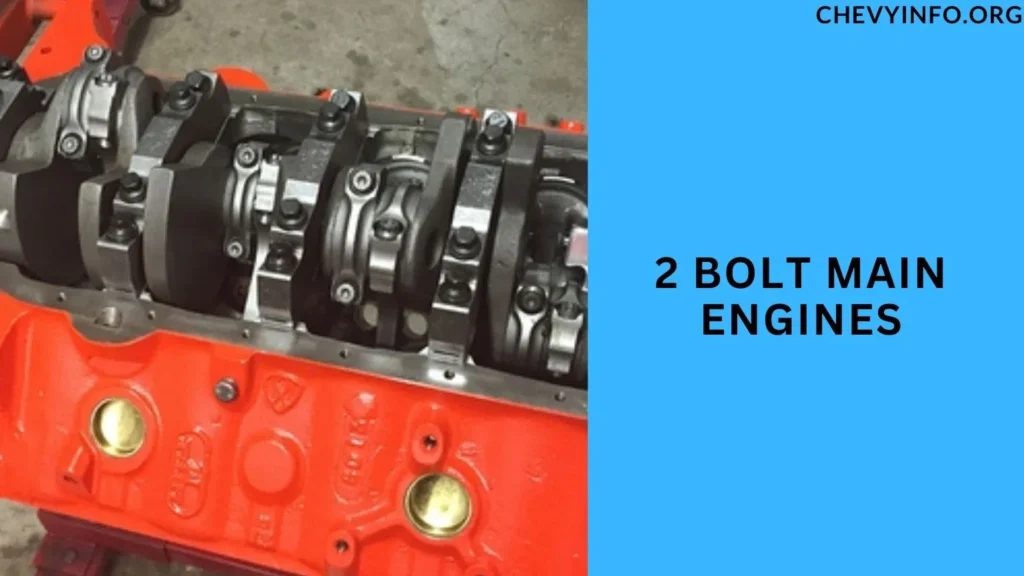
2 bolt main engines utilize two bolts per main bearing cap to secure the crankshaft. While this design is simpler and often lighter, it may be considered less robust compared to 4 bolt main engines.
Pros of 2 Bolt Main Engines
- Simplicity: Fewer bolts mean simpler construction and potentially lower manufacturing costs.
- Weight: The lighter design can contribute to better fuel efficiency in some cases.
Cons of 2 Bolt Main Engines
- Strength: Fewer bolts may result in less overall strength and rigidity, particularly in high-performance applications.
- Stability: Some argue that 2-bolt main engines are less stable under extreme stress or high RPM conditions.
4 Bolt Main Engines

4 bolt main engines are designed with four bolts securing each main bearing cap to the engine block.
This configuration enhances the engine’s strength and durability, making it more suitable for high-performance and heavy-duty applications compared to engines with fewer main bolts.
Pros of 4 Bolt Main Engines
- Strength: The extra bolts enhance the engine’s ability to withstand higher loads and stresses.
- Durability: 4 bolt main engines are often more durable and resistant to crankshaft movement.
- Performance: In demanding applications, such as racing, 4 bolt main engines may offer better overall performance and reliability.
Cons of 4 Bolt Main Engines
- Complexity: The additional bolts and reinforcements can increase manufacturing complexity and costs.
- Weight: The added components may contribute to slightly higher engine weight.
Performance Comparison with 2 Bolt Main VS 4 Bolt Main

When comparing 2 bolt main and 4 bolt main engines, several factors come into play.
Strength and Durability
4 bolt main engines are generally considered stronger and more durable than their 2 bolt counterparts, making them preferable for high-stress applications and performance-oriented vehicles.
Engine Stability
The additional bolts in 4 bolt main engines contribute to enhanced stability, especially during high-speed operation or under heavy loads. This stability can translate to better overall engine performance and longevity.
Cost Considerations
The Cost ($500) While 4 bolt main engines offer superior strength and stability, they often come with a higher price tag due to their more complex design and additional components.
For budget-conscious projects or applications where extreme performance isn’t necessary, 2 bolt main engines may still be a viable choice.
Common Myths and Misconceptions
There are several myths and misconceptions surrounding 2 bolt and 4 bolt main engines, such as the belief that all high-performance engines must have 4 bolt mains.
In reality, the specific requirements of the engine’s intended use, along with other factors like material quality and engineering, play a crucial role in determining the optimal main bolt configuration.
People also ask
Is a 2 bolt main or 4 bolt main better?
The superiority between a 2 bolt main and 4 bolt main depends on the engine’s intended use.
Generally, 4 bolt main engines offer greater strength and stability, especially in high-performance applications,
while 2 bolt main engines are simpler and lighter, making them suitable for less demanding tasks or cost-conscious projects.
What does a 4 bolt main mean?
A 4 bolt main refers to an engine design where each main bearing cap has four bolts securing it to the engine block.
This configuration enhances the engine’s strength and stability, particularly in high-stress and high-performance applications.
How much horsepower can a 2 bolt main 350 handle?
A 2 bolt main 350 engine can typically handle horsepower outputs ranging from 300 to 400 horsepower, depending on factors such as the engine’s condition, components, and tuning.
How much horsepower can a 2 bolt 454 handle?
A 2 bolt main 454 engine can handle horsepower outputs ranging from 400 to 600 horsepower, depending on factors such as the engine’s condition, components, and tuning.
Conclusion
In conclusion, the choice between a 2 bolt main and 4 bolt main engine depends on various factors, including intended use, budget, and desired performance characteristics.
While 4 bolt main engines generally offer superior strength and stability, 2 bolt main engines can still be suitable for many applications, especially when cost and simplicity are prioritized.

Henry Worner, a seasoned automotive expert with over 13 years of experience in car repair, maintenance, and performance enhancement, ChevyInfo.org was born out of a passion for Chevrolet vehicles. Henry’s deep-rooted love for everything Chevy has driven him to create a platform where fellow enthusiasts, car owners, and anyone interested in Chevy cars can find valuable insights, tips, and guidance.


